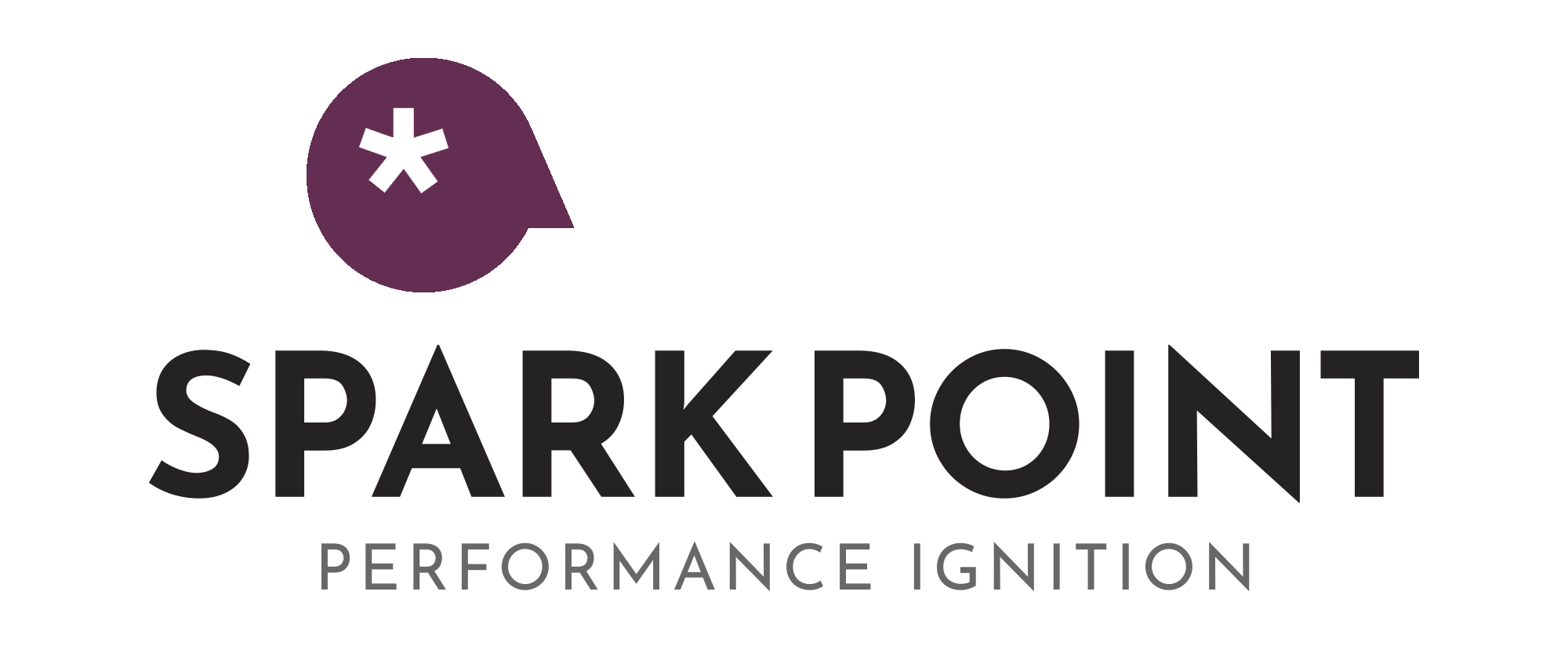How do you measure the health of your organization?
Organizations use, and have access to, many tools to gauge how well the organization is doing.
There are pillars and benchmarks and scorecards, employee engagement surveys and financial reports, etc.
But sometimes true health – how well and effectively the organization communicates, how resilient and resourceful it is, how psychologically safe it is – is not measured or assessed in a meaningful way.
Sometimes we get feedback on these areas but don’t recognize it or don’t know how to address it. In these cases, leaders might focus on other, easier targets that may or may not move the needle toward true organizational health.
As a CEO or other senior leader, it is important to have a mechanism to gather and address how “healthy” you are.
1) Determine how robust the feedback mechanism is.
Are your leaders and managers looking for and asking for candid, work-focused feedback, even if it reflects negatively on them or their area? Many times managers don’t ask the questions because it makes them feel too vulnerable, or they haven’t fully acknowledged or recognized issues that can become problems down the line. There are many, many things that get in the way of effective communication in an organization, but employees will often describe not being heard or their feedback not being taken into consideration as a common stressor and job dis-satisfier.
2) Assess the level of “growth” versus “fixed” mindsets.
Now, more than ever, it is imperative that we model and teach our organization how to continuously learn and grow. This doesn’t mean we have to recreate the wheel with everything, after all it took a lot of time to build and perfect processes and systems. However, this can very quickly lead to complacency that we are “done”, and don’t have to think about it anymore. This can lead to blind spots, inefficiencies, work arounds, and perhaps tempt us to not even follow up on what results are actually achieved. Always encourage people to question the sacred cows of their areas, to learn from every single issue that happens – many times a problem seems like a one-off but is actually a trend. Consistently ask yourself and leaders, “what else can we learn from this situation?”
3) Be mindful of how to create psychological safety throughout the organization.
This is a very big deal. When people feel there will be reprisals from a manager or peers for speaking up, raising an issue, voicing a concern or a need, they will be less likely to do so. The more silent folks become, the greater the likelihood issues grow and less likely to be resolved. The less we talk about what really matters, the more potentially dysfunctional we become as an organization. Check and see how dissent is tolerated, how unpopular ideas are being discussed, how judgments and assumptions are allowed to thrive to get a feel for your employees’ perception of safety.
Starting to practice these three things will help you better understand where your organization really is. And personally, I would rather know than not! I can fix what I know about – I’m stuck in a rut with what I don’t.

